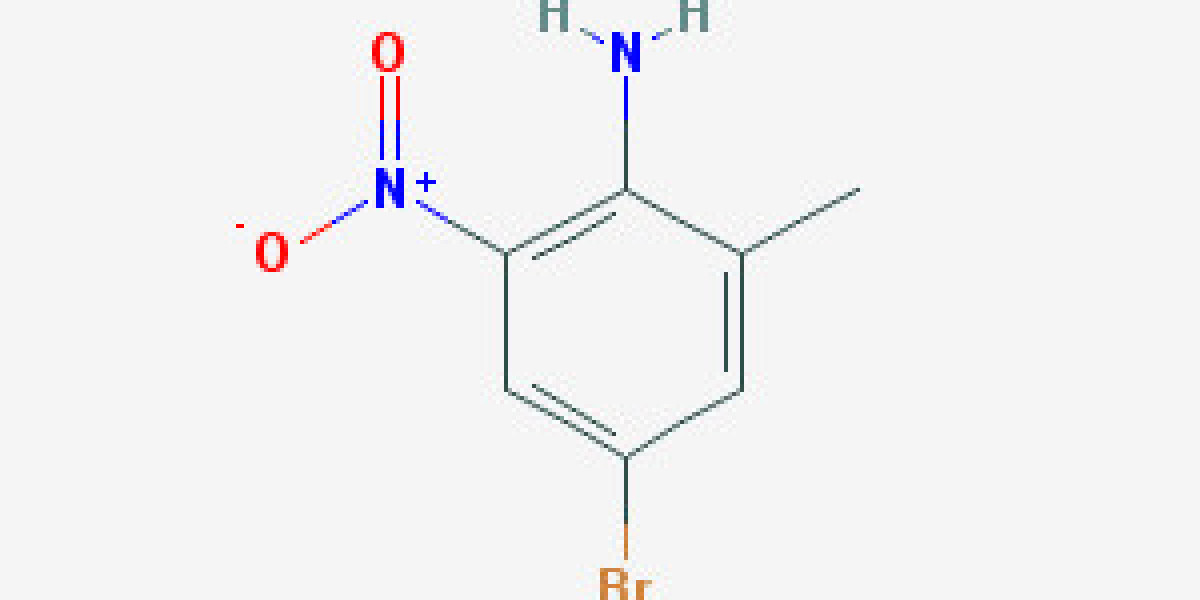What are the safety standards for industrial coating supplies?
The safety standards for industrial coating supplies mainly include the "Limits of Hazardous Substances in Industrial Protective Coatings" (GB 30981-2020). This standard specifies in detail the allowable limits of substances harmful to human health and the environment in industrial protective coatings, applicable to various types of industrial protective coatings that protect surfaces such as metal, concrete, and plastic, except for putty. However, it does not include ship coatings, aerospace coatings, nuclear power coatings, military equipment and facility coatings.
Main safety standards content
Limit of harmful substances: The standard specifies limit values for various harmful substances, including VOC content, benzene content, total content of toluene and xylene, halogenated hydrocarbon content, polycyclic aromatic hydrocarbon content, methanol content, total content of ethylene glycol ether and ether ester, and heavy metal content (lead, cadmium, hexavalent chromium, mercury), etc.
Testing items and methods: The standard specifies the testing items and methods, such as gas chromatography, liquid chromatography, atomic absorption spectroscopy, etc., to ensure the safety and environmental friendliness of coating products.
Scope of application: Suitable for various industrial protective coatings used to protect surfaces of metals, concrete, plastics, etc., except for putty, but does not include ship coatings, aerospace coatings, nuclear power coatings, military equipment and facility coatings.
Testing process and standard implementation
Sample preparation: Prepare coating samples according to standard requirements.
Laboratory testing: Quantitative analysis is conducted through standardized testing methods.
Result evaluation: Compare the test data with the limit values specified in the standard to determine whether it meets the standard.
Report preparation: The qualified or unqualified inspection report should provide a detailed list of all test items and results.
Compliance statement: Products that meet the standards can obtain corresponding certifications or statements to prove their safety.








